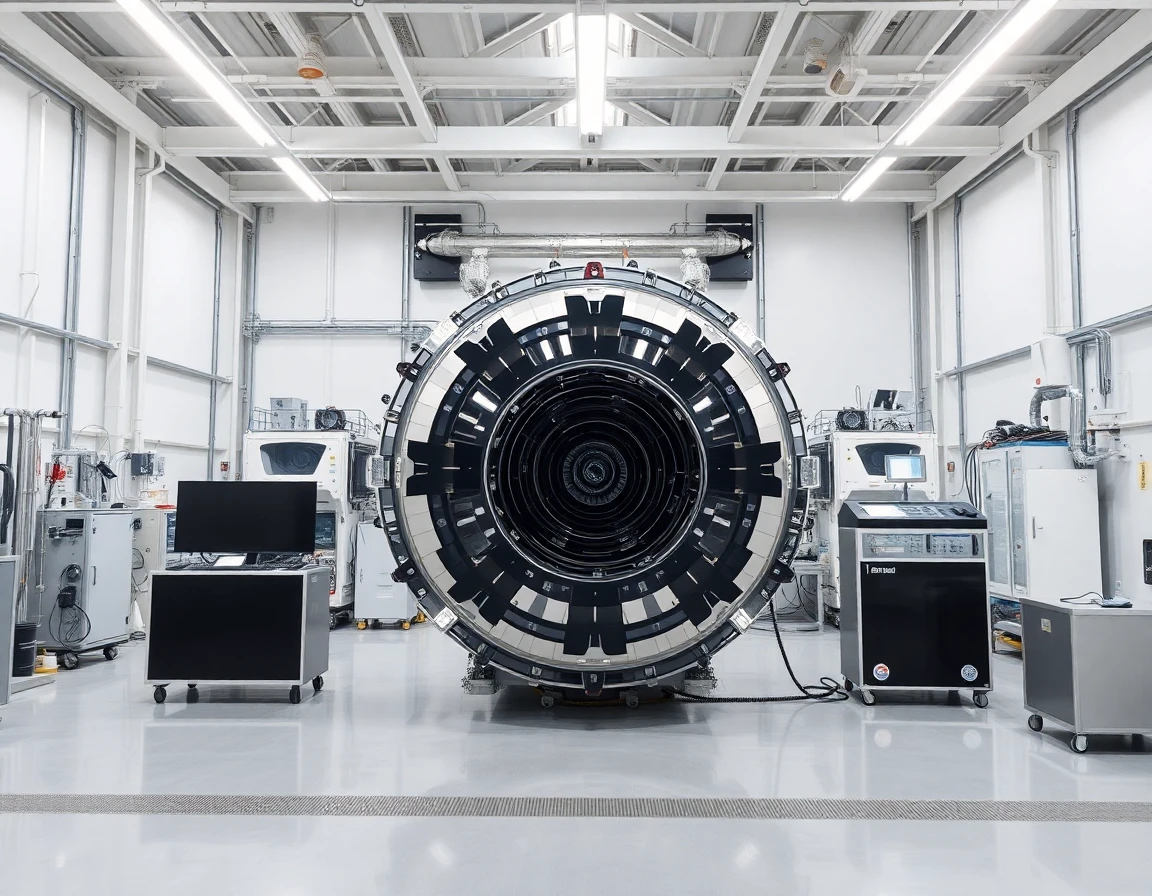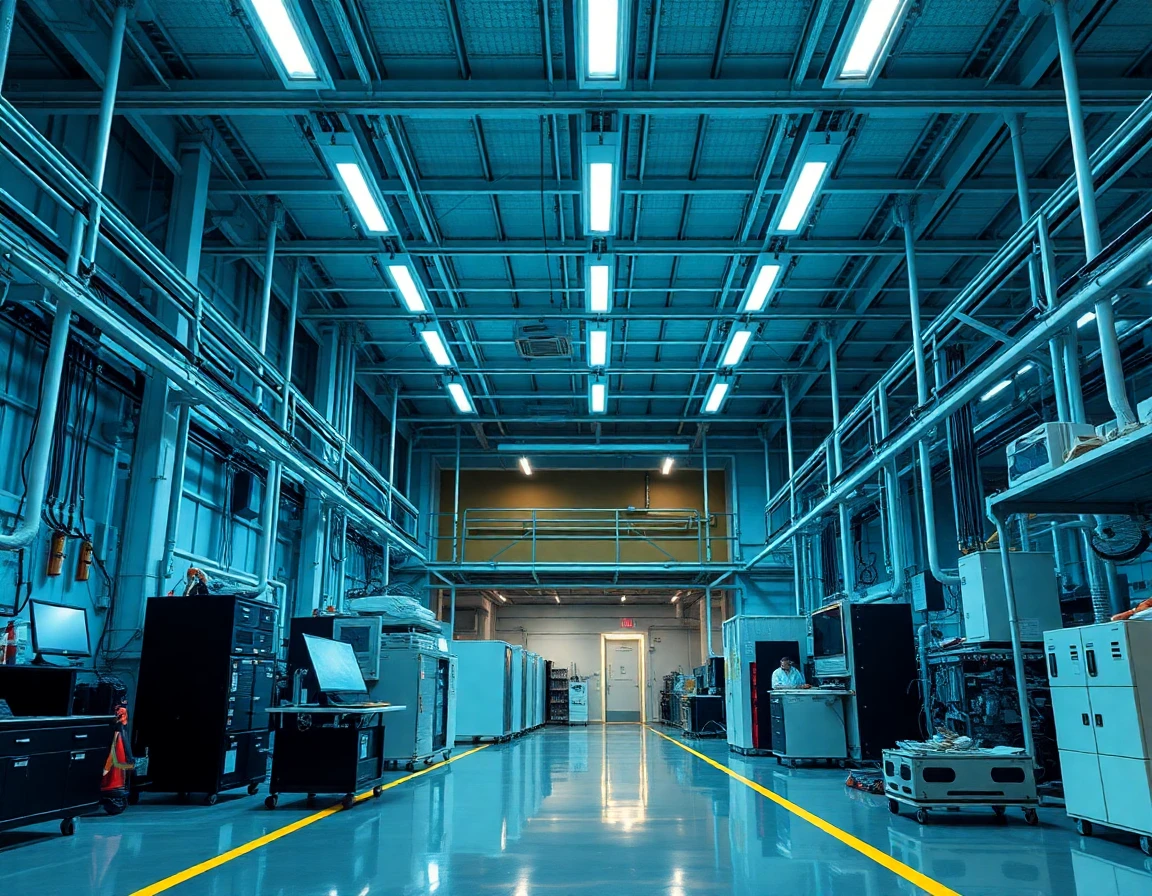With several companies ramping up operations, the first commercial space tourism flights are anticipated to launch by late 2026, marking a new era in civilian space travel. This burgeoning industry promises not only to redefine the concept of travel but also to integrate advanced technologies that enhance communication and safety in space.
The Rise of Commercial Space Tourism
Commercial space tourism is no longer a concept confined to science fiction; it is rapidly becoming a reality. Companies like Blue Origin, SpaceX, and Virgin Galactic are leading the charge, each with unique approaches to making space accessible to civilians.
Industry Pioneers
Blue Origin, founded by Amazon’s Jeff Bezos, aims to provide suborbital flights aboard its New Shepard rocket. This reusable launch system is designed to carry tourists approximately 62 miles above Earth, allowing them to experience several minutes of weightlessness. The company has conducted numerous test flights, demonstrating the rocket’s reliability and safety features.
SpaceX, on the other hand, is taking a different route. With its Crew Dragon spacecraft, the company plans to offer orbital flights, allowing passengers to orbit the Earth and even visit the International Space Station. This ambitious program represents not just a leap in commercial space tourism, but also a significant advancement in space travel technology, including satellite-communication systems that enable real-time dialogue between crews and mission control.
Meanwhile, Virgin Galactic, spearheaded by billionaire Richard Branson, focuses on suborbital flights as well. Its SpaceShipTwo vehicle has made several successful test flights, paving the way for commercial operations that promise breathtaking views of Earth from space.
The Technology Behind the Experience
Central to the success of commercial space tourism is the integration of advanced technologies, including satellite-communication systems. These systems ensure seamless communication between the spacecraft and ground control, allowing for real-time monitoring of flight conditions and passenger safety.
For instance, Blue Origin’s New Shepard utilizes an array of communication satellites to provide continuous coverage during flight. This capability is crucial, as it enhances the safety of the mission and enriches the overall customer experience by allowing passengers to share their extraordinary moments in real-time with friends and family on Earth.
Safety and Regulation Considerations
With the advent of commercial space tourism, safety and regulatory considerations are paramount. The Federal Aviation Administration (FAA) plays a critical role in overseeing commercial spaceflight operations, ensuring that all flights adhere to stringent safety standards. As the industry evolves, ongoing collaboration between private companies and government agencies will be essential to address potential risks associated with human space travel.
Economic Implications of Commercial Space Tourism
The commercial space tourism sector is projected to contribute significantly to the global economy. According to a report by Space Capital, the market for space tourism is expected to surpass $3 billion by 2030. This rapid growth will create thousands of jobs across various sectors, including engineering, hospitality, and customer service.
Expert Perspectives: Dr. Emily Carter, a leading aerospace engineer and professor at MIT, commented, “The emergence of commercial space tourism represents a pivotal moment in the aerospace industry. The technology being developed not only facilitates civilian access to space but also opens avenues for research and development in areas such as satellite-communication systems and materials science.”
The Future of Commercial Space Tourism
As we look towards the future, the potential impacts of commercial space tourism extend beyond mere flights. The technology developed for civilian space travel has the potential to revolutionize satellite communications, with advancements in launch systems and spacecraft design leading to more efficient satellite deployment.
Furthermore, the success of commercial space tourism could inspire a new generation of space explorers and scientists. Educational programs designed around space travel could flourish, encouraging youth to pursue careers in STEM fields.
Challenges Ahead
However, the journey into commercial space tourism is not without its challenges. High costs remain a significant barrier for the average consumer. Currently, a ticket for a suborbital flight can range from $200,000 to $500,000, limiting access to affluent individuals. Efforts to reduce costs through technological advancements and increased competition will be crucial in democratizing space travel.
Quote from Industry Analyst: Jack Sullivan, a space industry analyst at AeroSpace Associates, stated, “The key to the success of commercial space tourism lies in making it affordable and safe for the average person. As competition intensifies and technology advances, we may see prices begin to drop, opening the doors for a broader demographic to experience space travel.”
Conclusion
The upcoming launch of commercial space tourism flights marks an exciting milestone in the evolution of space travel. With leading companies actively working towards making space accessible to civilians, the future looks promising. As we venture into this new frontier, the integration of cutting-edge technologies, including satellite-communication systems, will play a vital role in ensuring safe and enjoyable experiences for future space tourists. The era of commercial space tourism is upon us, and its implications will resonate throughout the aerospace industry and beyond for years to come.



